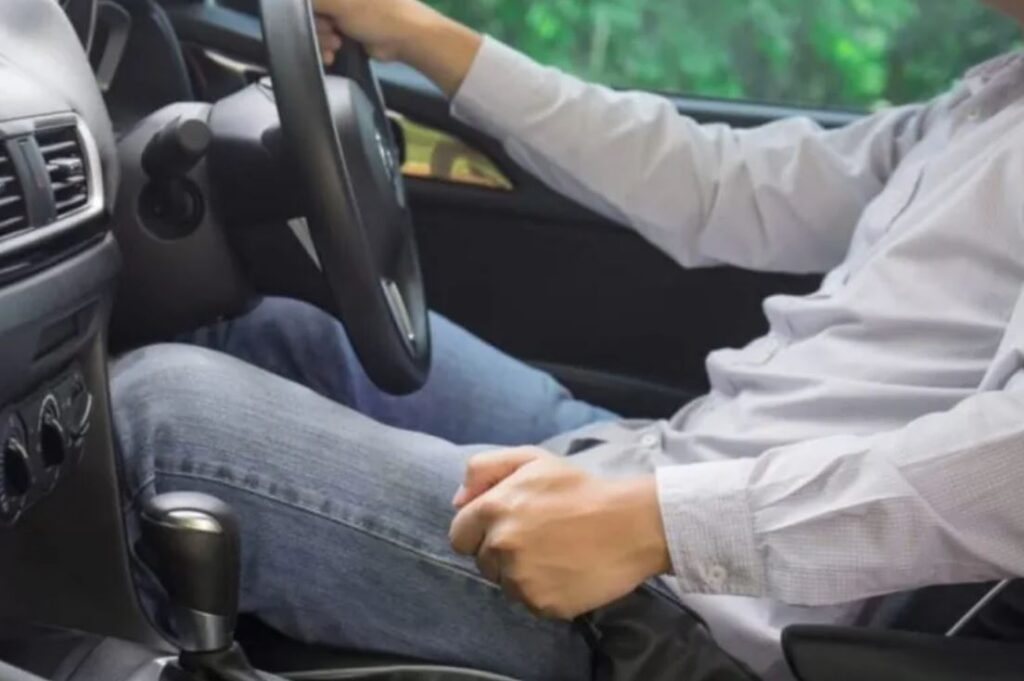5 Easy Tips To Increase The Life Of Your Car’s Clutch
5 Easy Tips To Increase The Life Of Your Car’s Clutch
May 14, 2022 / By Zunair Tahir / Automotive Blogs

Today we’ll discuss one of the most crucial components of an automobile, without which it would never work. The vehicle’s clutch. To be clear, we will discuss non-electric vehicles because electric vehicles do not utilize transmission. To be clear, we will only discuss a manual gearbox and how to extend the clutch’s life.
How To Increase Clutch Life?
Regardless of how you look at it, because the clutch is based on friction, it will ultimately wear out and need to be replaced. However, there are a few easy steps you can do to extend its life, and the most significant reason to do so is that clutch replacement is an expensive procedure. So there you have it:
Tip # 1 Don’t Ride The Clutch

The majority of them have a propensity of resting their foot on the clutch. This is a terrible habit to get into since even the tiniest exertion causes the pressure plates to compress. As a result, some of the friction plates will come into contact, causing needless wear and strain. Make sure your foot isn’t resting on the clutch while you’re not using it. Either fully depress the clutch pedal or leave it unpressurized. This is the easiest approach for extending the life of an automotive clutch.
Tip # 2 Don’t Use The Clutch Every Time You Brake

Another typical poor behavior is pressing both the brake and clutch pedals at the same time while braking. Not only does this result in superfluous clutch usage, but it also removes a significant amount of braking power from the engine. The widespread consensus is that you should utilise your clutch just before the engine starts to struggle and shut out while braking. If your car’s speed is too low for the gear picked, the basic guideline is to compress the clutch. So, if you want to slow down, only use the clutch when you need to shift gears. Keeping the clutch pushed as soon as you brake might help you slow down faster.
Tip # 3 Use Neutral While Waiting At Signals

This is quite straightforward, and we’ve seen a lot of folks do it when stopping at a light. Pressing the clutch while waiting for the signal is a bad idea, even if it’s only for 5 seconds, because it increases clutch usage when you could just put the car in Neutral. Leaving the clutch pedal depressed when not in use is a guaranteed method to shorten its lifespan.
Tip # 4 Use Handbrake On An Uphill

Many individuals use the clutch to stop their automobile from rolling backwards when stopping on an uphill slope. You won’t have enough juice left to drive ahead without jerks if you do this, and you’ll be putting a lot of strain on the clutch. Instead, take your foot off the brakes and utilize the handbrake. Release the clutch and handbrake while boosting the throttle at the same time to get going. This may appear to have a lot going on at once, but when done correctly, it is more comfortable and reduces the pressure on your clutch.
Tip # 5 Use The Clutch Only When You Have To

We recognize that clutching is quite important and probably on the higher side when living in congested cities. And no, we’re not asking you to abandon the clutch totally; rather, we’re advising you to use it more carefully. In the end, the clutch should only be engaged and disengaged when absolutely essential. Furthermore, if you do (dis-)engage it, do so with caution. Always attempt to keep the time you don’t fully push the clutch pedal to a minimum (as the clutch slips it will chafe against the flywheel, gently wearing it out). Avoid touching the clutch whenever possible (mostly during the highway runs).












